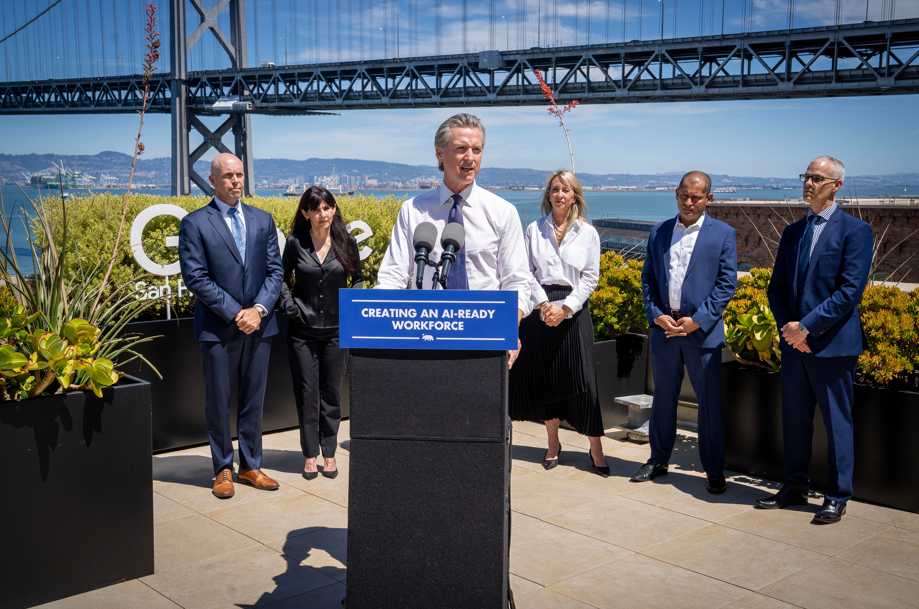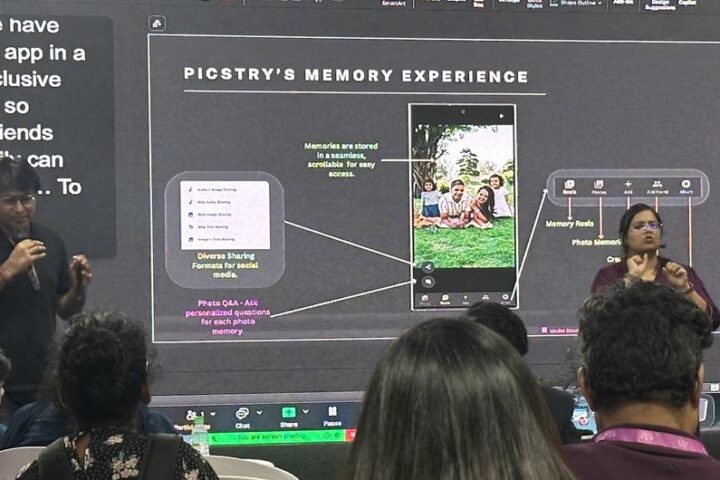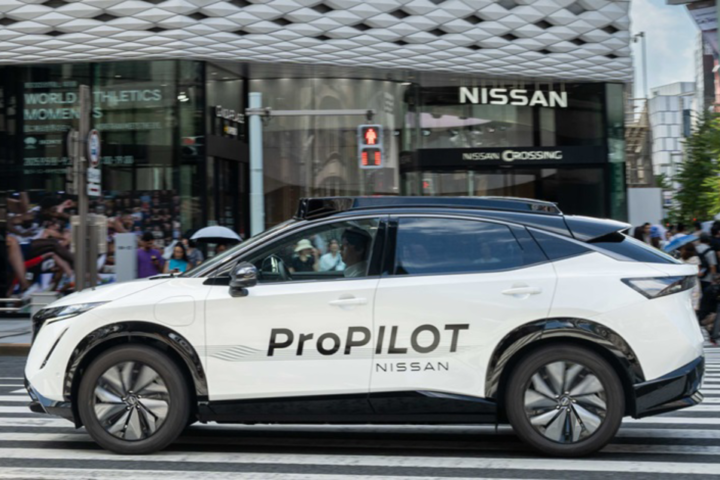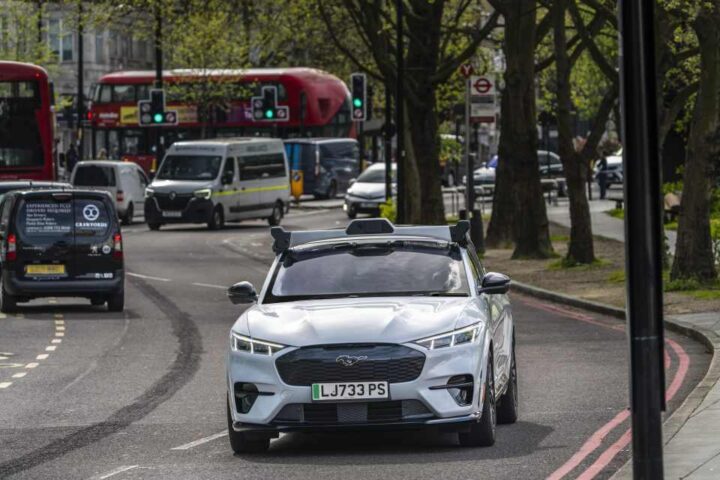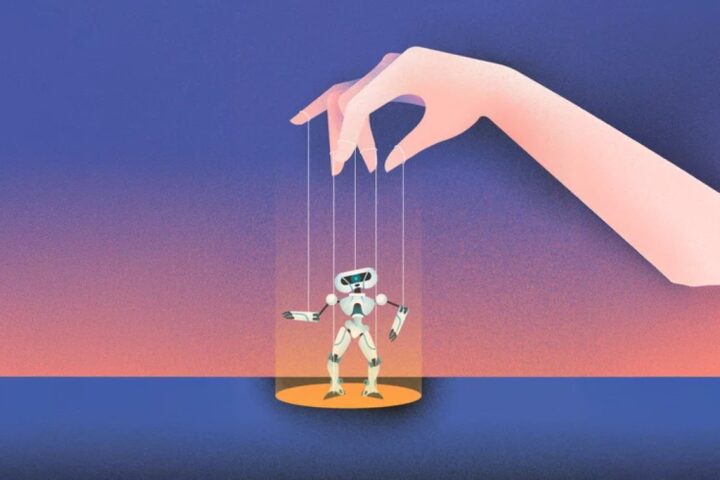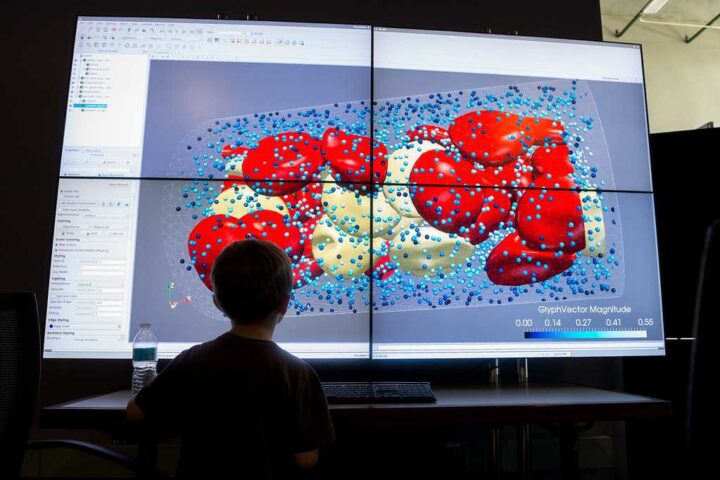Governor Gavin Newsom has struck a deal with four tech powerhouses to bring free artificial intelligence training to California’s education system. The partnership, announced August 7, will help students from high schools to universities prepare for jobs in an increasingly AI-driven economy.
“AI is the future — and we must stay ahead of the game,” Newsom said during the announcement. “We are preparing tomorrow’s innovators, today.”
This initiative targets more than 2 million students across California’s high schools, community colleges, and state universities. What makes this program stand out is that it comes at zero cost to taxpayers, with Adobe, Google, IBM, and Microsoft covering all expenses.
“Fair access to next-generation workforce training tools is one important strategy California is using to build economic opportunities for all Californians,” Newsom added.
The timing is strategic. California already hosts 33 of the world’s top 50 AI companies, but faces growing competition globally. California Secretary of Labor Stewart Knox highlighted the urgency, noting that “AI is expected to touch nearly every aspect of the working world.”
Each company brings different tools to classrooms:
Adobe will provide students with Express and Acrobat software with classroom-ready AI features. Mala Sharma, Vice President at Adobe for Education, explained: “To create the future, today’s students must learn to speak the language of tomorrow.”
Google is offering its “Prompting Essentials” course that teaches students how to effectively give instructions to AI systems. The company will also provide a special “Generative AI for Educators” course to help teachers develop personalized instruction and save time on administrative tasks.
IBM plans to create regional AI labs and provide hands-on training through IBM SkillsBuild, focusing on helping community college students earn industry credentials. Dinesh Nirmal, Senior Vice President at IBM, emphasized how “the demand for skilled workers is growing rapidly” as AI transforms workplaces.
Similar Posts
Microsoft has already launched bootcamp learning series for faculty members, covering AI foundations, cybersecurity, and Microsoft Copilot. These teachers will then bring these skills back to their classrooms.
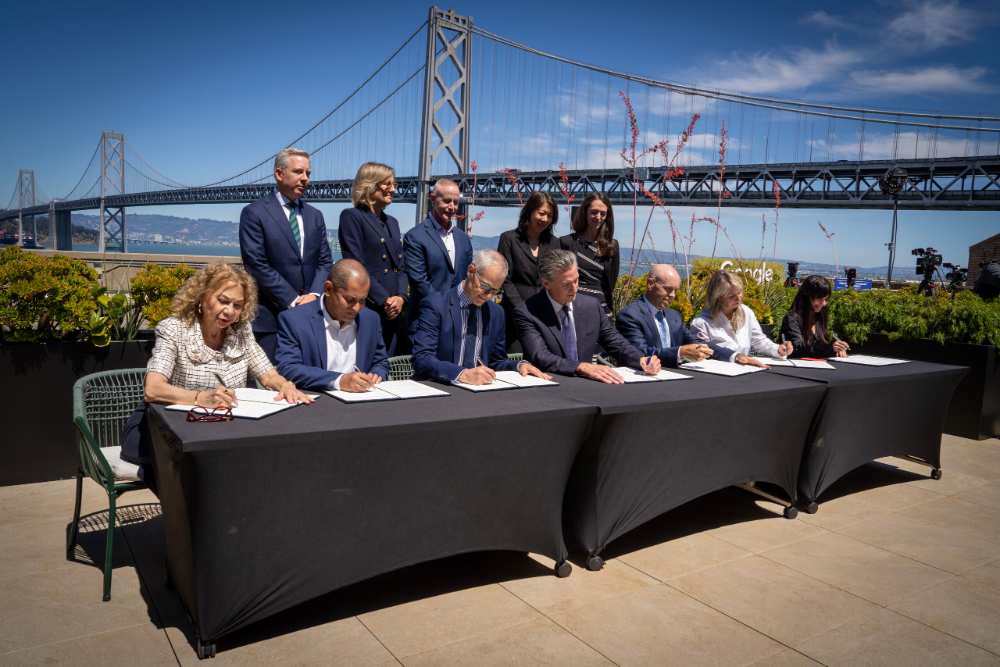
This isn’t California’s first move in AI education. Last year, the state partnered with NVIDIA to bring AI training to community colleges. In February 2025, the California State University system announced a $16.9 million deal with OpenAI to provide ChatGPT Edu across its 23 campuses.
Critics have raised concerns about implementation challenges. Faculty workload, rural connectivity issues, and the need for ethical guidelines remain unanswered questions. Martha Lincoln, an anthropology professor at San Francisco State University, noted skepticism among educators: “We just don’t have research to support the efficacy of AI use in classrooms.”
The initiative follows Newsom’s 2023 executive order on responsible AI adoption, which has already led to AI projects reducing highway congestion and improving government services. The state also recently released a report from leading AI experts on creating appropriate guardrails for the technology.
As leadership from the newly announced partnership begins implementation, the race is on to prepare California’s students for an AI-powered future — whether they’re ready or not.
